Modern turkish art: özdemir altan
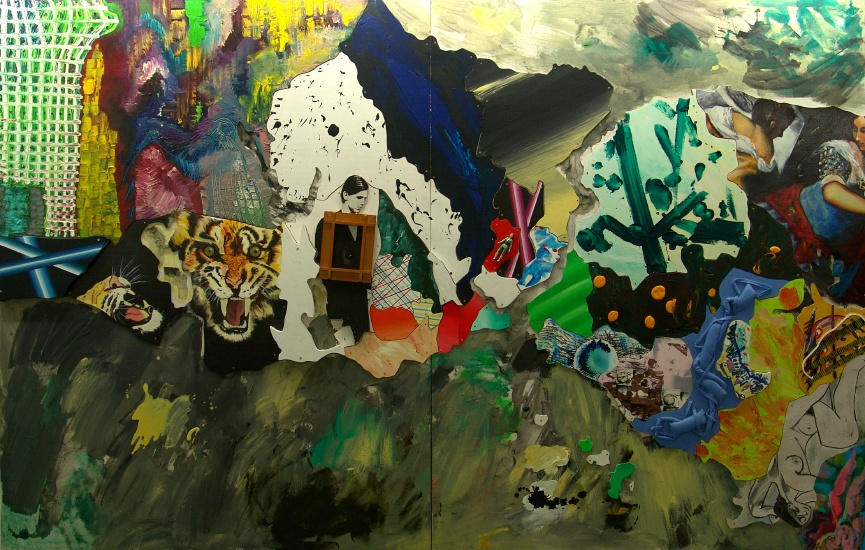

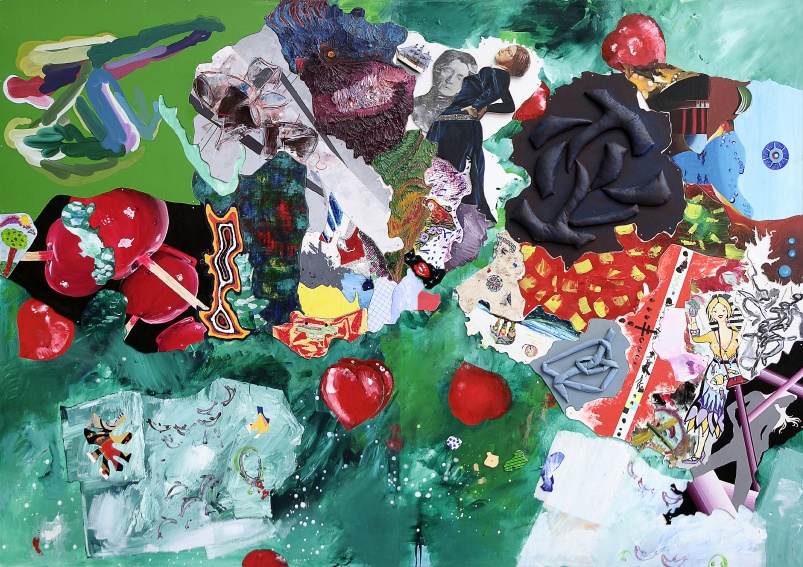

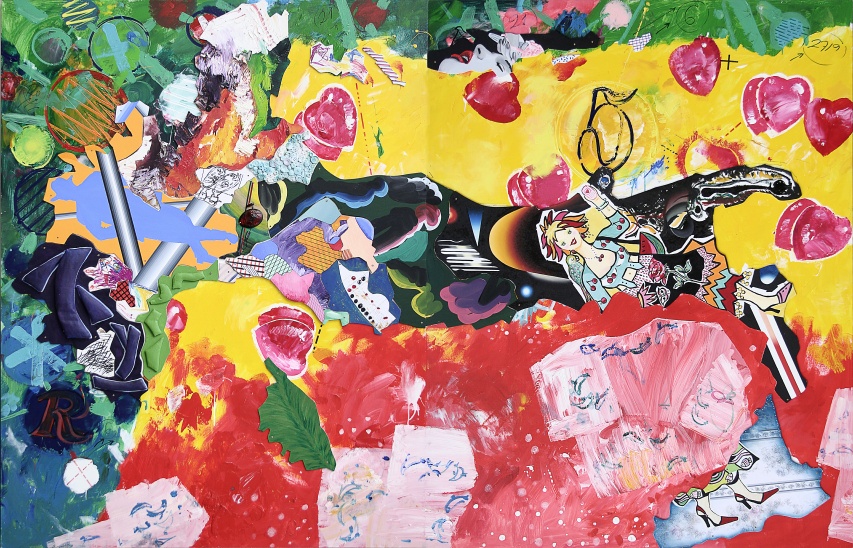

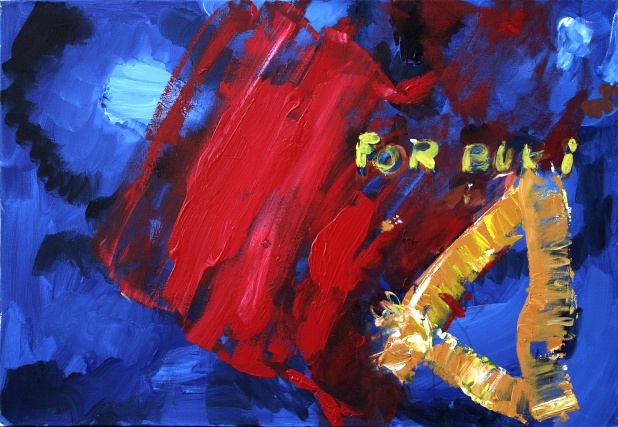

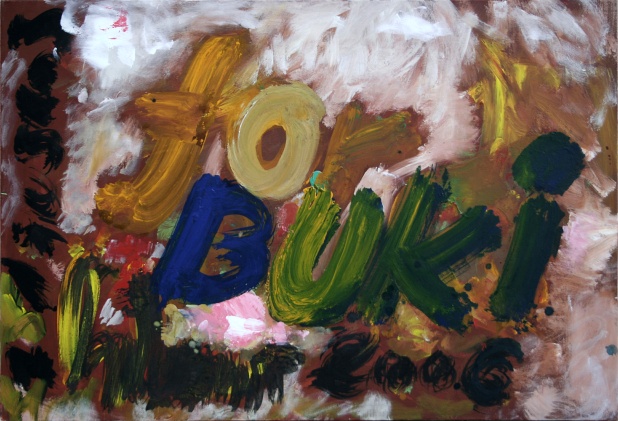

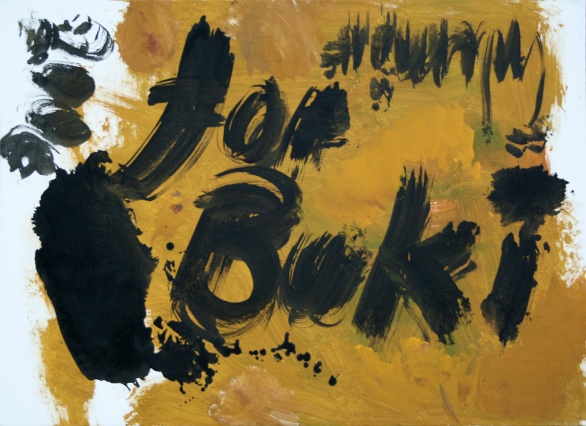

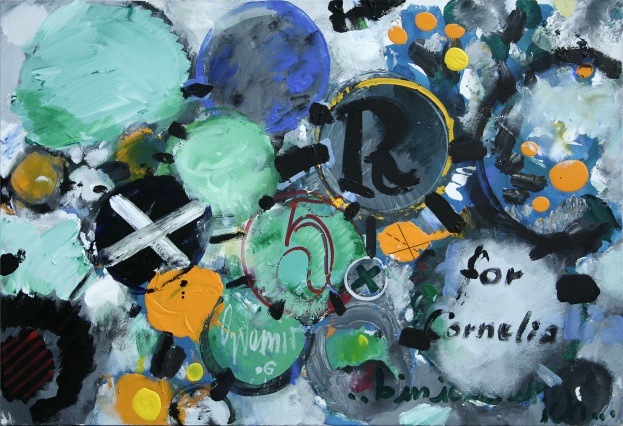





Samples of Altan's work since 1982:
Samples of earlier working phases:
Exhibitions:

About the painter:
1931
-
Born at Giresun, Black Sea region of Turkey. Being the son of an intellectual
and urban family, he grow up in a cultural refined milieu.
1956
-
"Education period"
Graduated from the ISFAA (Istanbul State Fine Arts Academy, name later changed
to 'Mimar Sinan University'), Painting
Department.
When he was studying in the Academy of Fine Arts after 1949, he got acquainted
with the masterpieces of classical music, painting and literature. Hundreds of
nature and portrait studies as well as still life pieces.
1957-65
-
"Romantic Period"
1962
-
Became a member of the teaching staff at
the ISFAA, a position he hold for almost 40 years up to 2001.
He made every effort to modernize his university and the artistic environment.
Participated in
many individual and joint exhibitions.
(s. Exhibitions)
1965-66
-
"Kings and Queens Period"
1966-70
-
"Cyclops and the Son of the King of the Flies"
Altan introduced the first of his many
innovative techniques at the 'Avni Işik" exhibition in 1967. This was followed
by exhibitions by Zeki Faik, Mahmut Cuda, Bedri Rahmi and a large number of
young artists and students.
Became well-known as a writer and participant in conferences.
In his many writings, conferences and seminaries, he deals with
art, and especially with the space concept, which he calls 'depth',
as well as with the reflection of this concept on his own art.
1968

-
"Carpets"
Investigated traditional carpet and tapestry knotting and adapted these
techniques to his working methods. The most important examples of his
tapestry are the wall hangings in Istanbul Broadcasting House.
1971-73
-
"March 12 and the After"
1971 military coup at Turkey: The pictures of this period show Özdemir
Altan to be a witness to the turmoil happening in the name of maintaining the
stability of the country, show him shattered, suffering painful years. The
first distinguishing marks of his later works appear in this period.
1972-81
-
"Realistic phase" (New Figurations)
In the Realistic phase his fallen, panicked, painful suffering human figures
began to change and seem like mechanical usage tools. At first their
puppet-like articulated bodies were mostly combined through screws etc.
The composition was always horizontal, the upper part was a deep emptiness,
within which always a pale sun of hope was shining.
The tension of the events was substituted by a silent, unbiased concept.
Horizontal elements in the lower part were situated within the depth of abstract
space. Concrete particles constituting the subject were combined to create a
rational form or a structure.
Among the motives for these works was a reaction against the confusion in
Turkey and antipathy towards the reigning simplicity in the Turkish thought
system. This protest was to prompt his work for a long term movement.
But the pictures reveal discernibly good hope.
In this time concepts like "Joining the strange" or "alienation" began to
consolidate.
1984-88

-
"Collages and Three-Dimensions"
"Give me a giant UHU and I stick together every thing on the world".
Most of the works of this phase are produced by mixed material and mixed
techniques, forms and colours unrelated to each other. Materials which acquire
some depth on the surface and which on the contrary are situated on the plane
are pre-eminently present. On surfaces are many remarkable elements ranging
from calligraphic ones to relief-like structures: Written characters, certain
plastic materials, some signs, some graphic features, even ready-made. Above
all, linear elements functioning as composing factors for all these materials,
combined spraying techniques, and different textural aesthetic tastes obtained
through their combination. Various materials which by their juxtaposition or
superposition help to form different atmospheres. In addition, titles such as
"We Should not in the Meantime Neglect Sanskrit either" and "The Encyclopaedia
of Rascal Dogs", "Centralised Camp for the Care, Training and Support of
critics" or "The problem of accommodation of the children of eastern emigrants".
In this phase we find some affinity especially to his later panel works
realised with groups.
Intermediary phases: Özdemir Altan
has gone through numerous intermediary
phases, which are difficult to relate to his basic evolutionary phases. The
main of them are: "Ramazan Paintings", a group of collage works entitled
"Mandolin-less Nature Morte", "Kassel paintings", "Calendar Pages" and his
jointly collages together with Cem Nar.
1988, 1990, 1991, 1992
-
"Panel works with multi person"
Gradually formulated the concept of developing a method of proving in three
dimensions the coincidental confluence of different artistic media derived from
multifarious ideas, roots, structures and rationales.

-
As a result, in large scale works with contributions from a
large number of people, he showed that thousands of coincidental details can,
without any conscious attempts to meld them into a whole, form a seemingly
inevitable unity
of design, form, harmony of colour, composition and rhythm. Using this method
the
artist opened up an unlimited wealth of expression.
Concerning the objects mounted to the panels we are dealing with an accordion,
cookies, a toy gun, various black and red painted wooden bombs, a poster,
photos, plastic letters, a radio belonging to the University's printing shop's
master, hard board templates etc.
All these logically completely incompatible objects put together yield and make
perfect the term "space". With these collages and assemblages going back to
Cubism
or even more to
Dadaism,
Özdemir Altan realises his characteristic "space". He transfers the
procedures
tested in his panel works equally into his paintings. Working with paints,
paper, small objects, structures, contrasting colours, that is with the logical
contrasts of a variety of different objects he places his compositions into the
empty space.
Since 1990
-
"Family Trees"
Altan's Family Trees are the output of an accumulating work since 1990. It
actually originates from a work with the same theme first performed in 1987.
Simply shaped, round elements connected with one another.
The shapes in these "Family Trees", released from any attempt to be pleasant,
nice or chic undertake the role of a conveyor of the "depth" term; to
emphasise his view that the combination of completely different concepts,
logics and structures creates art.
The artist defines this series of pictures as the output of simplicity,
intellectual bareness and the desire to create an enthusiastic world out of
nothingness.
Since 2004
-
"New Period"
The rich eperiences gained in the Family Tree, Panel Works and Collages Periods are combined after 2003, resulting in a multitude of pictures and new panel works.
see also:
Nur Niven: "About Özdemir Altan",
exhibition catalogue "Family Trees",
Emlak Bankası Beyoğlu Sanat Galerisi, 10/28th Mart, 1998

Deutsche Zusammenfassung: Wer ist ÖzdemirAltan?
-
Der Maler Prof. Özdemir Altan wurde 1931 geboren und schloß 1956 sein Studium
der Darstellenden Kunst an der Staatlichen Akademie der Schönen Künste in
Istanbul ab. Von 1962 an bis zu seiner Emeritierung im Jahre 1998 war der
Künstler am gleichen Institut Mitglied des Lehrkörpers und Initiator einer
Vielzahl von Neuerungen.
-
Von 1963 bis 1965 war er an einer großen Zahl von nationalen und
internationalen Ausstellungs-Aktivitäten beteiligt, von denen besonders die
'Pariser Biennale' zu nennen ist, und veranstaltete eine Reihe eigener
Ausstellungen.
-
Außerdem machte er sich auch als Autor und Konferenzsprecher einen Namen.
-
1968 begann er mit der Arbeit an groß dimensionierten Wandteppichen. Besonders
bemerkenswert sind die zwei je 24 m² großen Exemplare, die in der Eingangshalle
des Türkischen Rundfunks in Istanbul hängen.
-
In den Jahren 1988 und 1990 bis 1992 gewann seine Idee zunehmend an Klarheit,
daß der
Raum
in der Kunst aus dem Zusammenwirken von
Konzepten, Ursprüngen, Strukturen
und
Denkweisen
entsteht, die von voneinander völlig unabhängig sind. Zum Nachweis der
Gültigkeit dieser Idee entwickelte er die Methode des 'zufälligen
Zusammentreffens'. Sie gipfelte in seinen Paneelen, bei denen viele Personen
zusammenwirkten.
-
Die verschiedenen Phasen der künstlerischen Entwicklung Altans lassen sich wie
folgt zusammenfassen:
-
Romantische Phase (1957-65),
-
Könige und Königinnen (1965-66),
-
Zyklop und Sohn des Fliegenkönigs (1966-70),
-
Der 12.März und die Zeit danach (1971-73),
-
Realistische Phase (1972-81),
-
Collagen und Dreidimensionales (1984-88),
-
Paneele und Arbeiten mit vielfacher Beteiligung (ab 1988)
-
Stammbäume (1989 bis heute)
-
Aktuelle Phase (ab 2004)
-
Zwischen diesen Phasen gab es Zwischenphasen.

Türkçe özeti: Özdemir Altan kimdir?
-
1931 'de doğdu.
-
1956 'da IDGSA Resim Bölümü'nü bitirdi.
-
1962 'den beri, 1988' de emekliye ayrılana kadar aynı kurumda öğretim
elemanıydı.
Yurtiçinde ve yurtdışında çok sayıda kişisel ve karma sergi etkinliklerinde
bulundu.
Birçok ilk hareketin yapımcısı olan Altan'ın bu anlamda birinci girişimi
1967'de Avni Lifij sergisidir. Bunu Zeki Faik, Mahmut Cuda, Bedri Rahmi ile çok
sayıda genç ve öğrenci sergileri izlemektedir.
Yazar ve konferansçı olarak yaygın bir isim yaptı.
-
1968 'de başlayan bir çaba ile en önemli örnekleri İstanbul Radyoevi'nde
bulunan duvar halılarını gerçekleştirdi.
-
1988, 1990-1992 yıllarında giderek netleşen bir düşünce ile sanatsal espasın
birbirinden farklı kavram, köken, yapı ve mantıkların birleşmesiyle oluştuğunu
uç noktada kanıtlamak için bir rastlantısal birleşme yöntemi geliştirdi.
Sonuçta, büyük boyutta ve çok sayıda kişiyle yapılan uygulamalarda, binlerce
rastlantısal ayrıntı, sanatın; desen, valör, renk armonisi, kompozisyon, ritim
gibi zorunlu sanılan uygulamalara hiç başvurmadan da oluşabileceğini
gösteriyordu. Sanatçı ayrıca bu yöntemle sınırsız bir sözlük zenginliğinin de
kapılarını açmıştır.
-
Altan sanat yaşamının başından günümüze
-
1957-65 Romantik Dönem,
-
1965-66 Krallar ve Kraliçeler,
-
1966-70 Tepegöz ve Sinek Kralının Oğlu,
-
1971-73 12 Mart ve Sonrası,
-
1972-81 Gerçekçi Dönem,
-
1984-88 Kolaj ve Üçboyutlular,
-
1988' dan sonra Çok Kişiyle Pano Çalışmaları
-
1989' dan beri ise Soyağaçları form ve temalarıyla sekiz kez üslup geliştirdi.
-
2004"ten sonra: Yeni Dönem
-
Bu dönemler arasında ayrıca ara dönemler bulunmaktadır.

Please visit also the following sites:
Mimar Sinan Güzel Sanatlar Üniversitesi: İstanbul Resim Heykel Müzesi
Eczacibaşı Sanal Müzesi - Eczacibaşı Virtual Museum
Biennale Internationale dell' Arte Contemporanea
Homepage of the Lippstadt Cultural Association, Germany
|
|
|
Site designed by Klaus Kaube
kkaube@addcom.de
©Hamburg 2002
This page was last modified:
Dec. 2010
|









